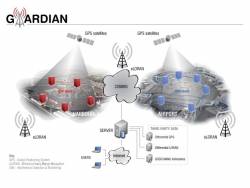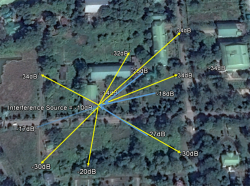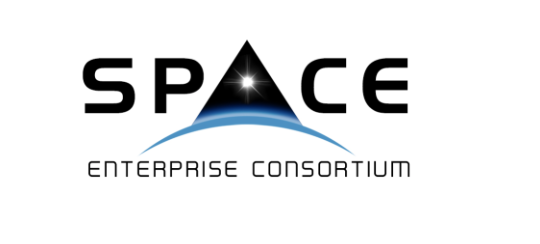
Chronos Technology, Lydbrook, Gloucestershire, United Kingdom, is leading an academic and business research consortium working on the GAARDIAN Project — “GNSS Availability, Accuracy, Reliability anD Integrity Assessment for Timing and Navigation.”
Chronos Technology, Lydbrook, Gloucestershire, United Kingdom, is leading an academic and business research consortium working on the GAARDIAN Project — “GNSS Availability, Accuracy, Reliability anD Integrity Assessment for Timing and Navigation.”
Over the course of 2009–2011, GAARDIAN will research the data gathering needed to develop a system for mission and safety critical applications that will certify the accuracy, reliability, integrity and continuity of positioning, navigation, and timing (PNT) systems: GPS, the new enhanced Loran (eLoran), Galileo, and GLONASS. The consortium includes University of Bath, General Lighthouse Authorities, British Telecom, Ordnance Survey, National Physical Laboratory, and Imperial College London.
The project will create a mesh of remote PNT interference detection & mitigation (IDM) sensors that will be deployed in the vicinity of PNT-dependent infrastructure and applications. These probes will monitor the integrity, reliability, continuity and accuracy of the locally received GPS (or other GNSS) and eLoran signals on a 24×7 basis and report back to a central server. Users will be alerted in real time to any anomalous behaviour in either of the two PNT signals.
IDM sensors, which can be configured by the user to be personalized to a specific deployed location, permanently monitor the PNT signals and — upon detection of an anomaly warn of a potentially critical situation.
Users access the data over the internet from a secure server environment, enabling continuous monitoring from any internet enabled terminal – effectively providing access to detailed knowledge about local PNT health and pinpointing interference phenomena from anywhere in the world.
Likely phenomena or threats to PNT services that would cause an alarm include jamming, general interference, multipath from local reflections, space environment or weather related events and satellite or transmitter malfunction.
Traditionally, analyzing the specific nature of interference to a PNT signal has proved very difficult when monitoring one signal alone, for instance, GPS. By using the technically dissimilar eLoran signal and continually analysing key data, the integrity, reliability, continuity, and accuracy of either signal can be recorded with high confidence.
Likely applications will include homeland security, transportation users such as harbors, airports, roads, and railways, emergency services, military, utilities, the scientific community, telecom infrastructure, and any safety or mission critical application leveraging PNT signals.





